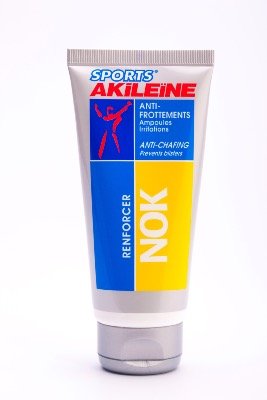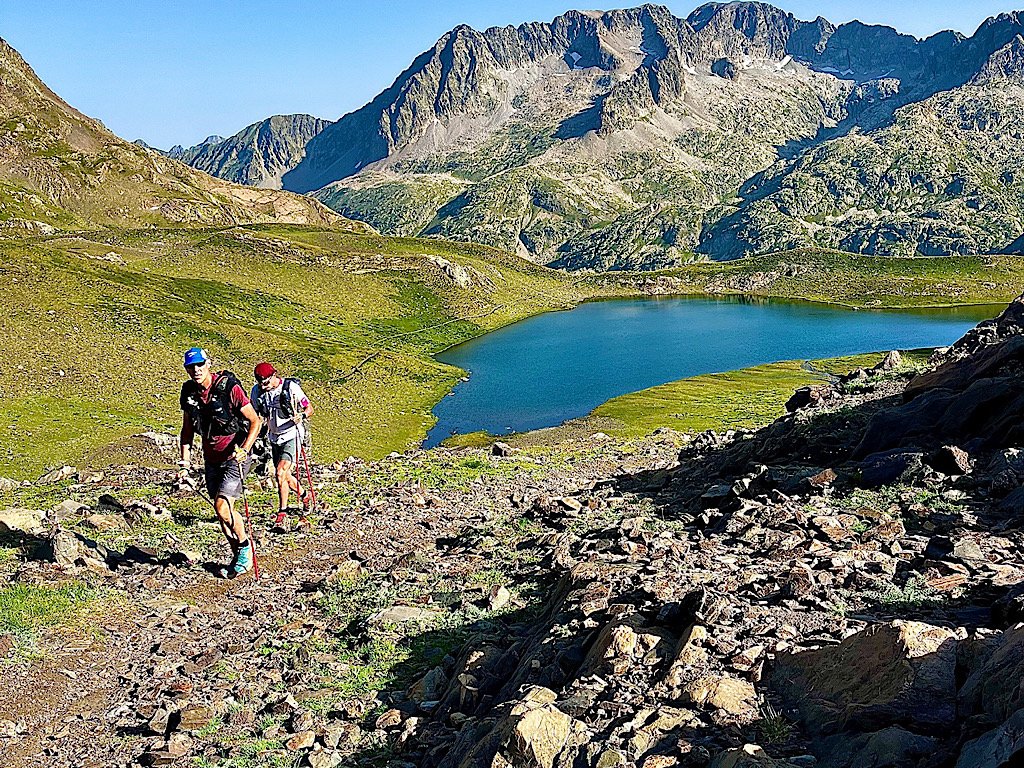The (almost forgotten) art of foot care: lessons from mud and blisters
There are those who train their minds, those who strengthen their quadriceps, and those who—in an act of tender negligence—forget that their feet aren't just a practical appendage, but the true martyrs of trail running. While their heads dream of the summit and their legs race the clock, their feet, poor things, take the full price without complaint: mud, rocks, moisture, friction, miles and miles as if they were red carpets when in reality they are trenches.
And that's where the NOK cream, that ointment that looks like it was invented by a Tibetan monk with blisters. No one endorses it, and that's precisely why it deserves trust: like those grandmothers who give you home remedies without expecting "likes."

An invisible barrier against torture
NOK cream isn't a miracle worker, but it's dangerously close. Designed for long-distance runners, stubborn cyclists, and other creatures who insist on exploring rugged landscapes for their own pleasure, this cream acts like a second skin. It doesn't cure life, but it does prevent chafing, blisters, burns, and the whole gallery of horrors that usually appear after hours on the road. It's also water and sweat resistant, as if it knew epic adventures didn't come with favorable weather.
The best part: it's neither greasy nor sticky. It absorbs like a well-kept secret and leaves no trace on the insoles, something both your socks and your dignity will appreciate.
Foot Survival Manual (with cream in hand)
1. Anticipate the drama.
Don't wait for the pain to write you a letter. The cream is applied before, how flares are launched before from the shipwreck. If you have a race or crossing coming up, start using it at least 20 days beforehand. Daily, like watering a stubborn plant.
2. Less is more.
Don't turn your feet into a skating rink. Apply a thin layer, like spreading butter on country bread: just the right amount. Toes, heels, instep... don't overdo it. Let the cream protect, not compete with the floor for your attention.
3. Reapplying is not giving up.
If the trail is long, take some with you. A mid-hike refill can save you from going from pleasure to penance. It's not weakness: it's a veteran's strategy.
4. Team up.
NOK works well with other allies: bandages, dressings, silicone gels. Protect what you know will suffer, like reinforcing hinges before a storm.
5. After the fight, the ritual.
Wash your feet. Dry them gently. Don't let any leftover cream or moisture become a breeding ground for fungus. You already have enough to deal with surviving the uneven ground without adding penicillin to your first-aid kit.
6. Take care of her too.
Yes, cream needs its rest too. Keep it away from the sun and heat. A rancid NOK is like a torn map: it leaves you just as lost.
Anne's Feet: A Story of Love and Resilience
I'm not a brand ambassador. I'm not sponsored (I'm open to proposals, of course, hehe!) But if NOK had apostles, I'd be on the podium. I run six days a week, and I've learned that hydration isn't a luxury, but an act of survival. A well-hydrated foot is like a well-inflated tire: no one notices... until it fails.
But it's not enough to just slather on the grease. There's a whole choreography: cutting your nails with surgical precision, choosing your socks carefully (the usual ones just don't cut it), trying on footwear patiently, like someone choosing a partner for an emotional journey. Because that's what long-distance running is: a tumultuous relationship with oneself, where every blister is an argument and every technical descent, a reconciliation.
Epilogue: Your feet will tell you
Foot care shouldn't be an appendage to your routine. It's the beginning. It's what allows you to arrive, stay, and return. It's a small ritual that says: Yes, this adventure is important to me enough to prepare myself even in the invisible..
So the next time you lace up your shoes, think of NOK. Not as a cream, but as a whisper before the climb, a promise that at least, for today, the trail won't hurt so much.
Your feet will thank you. Maybe not today. But they will at kilometer 37.



